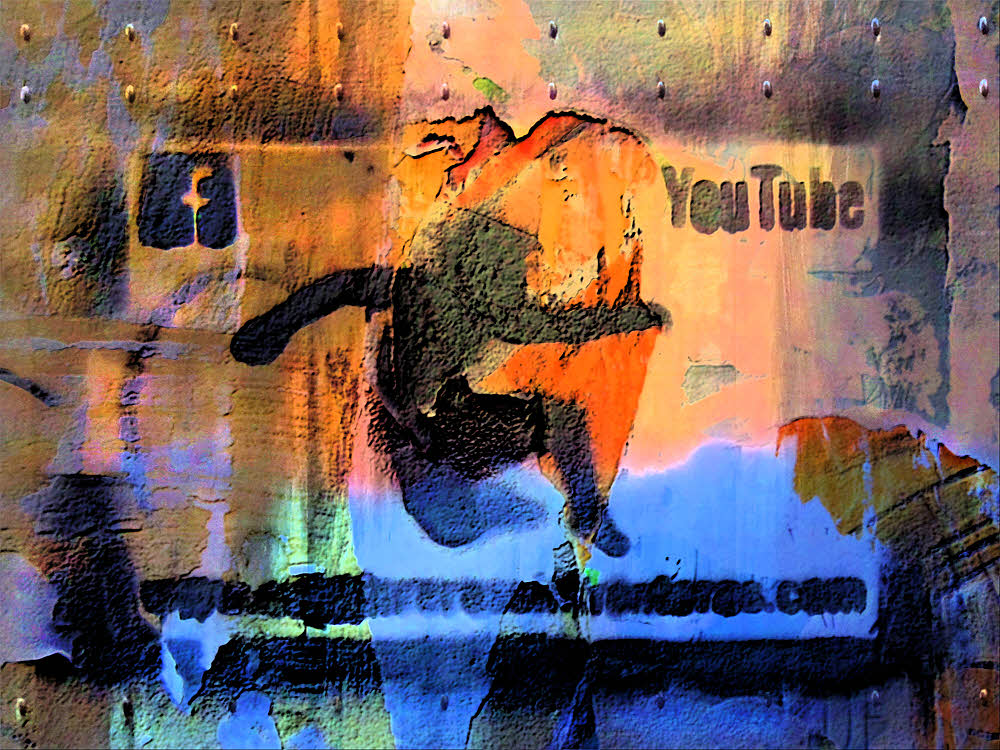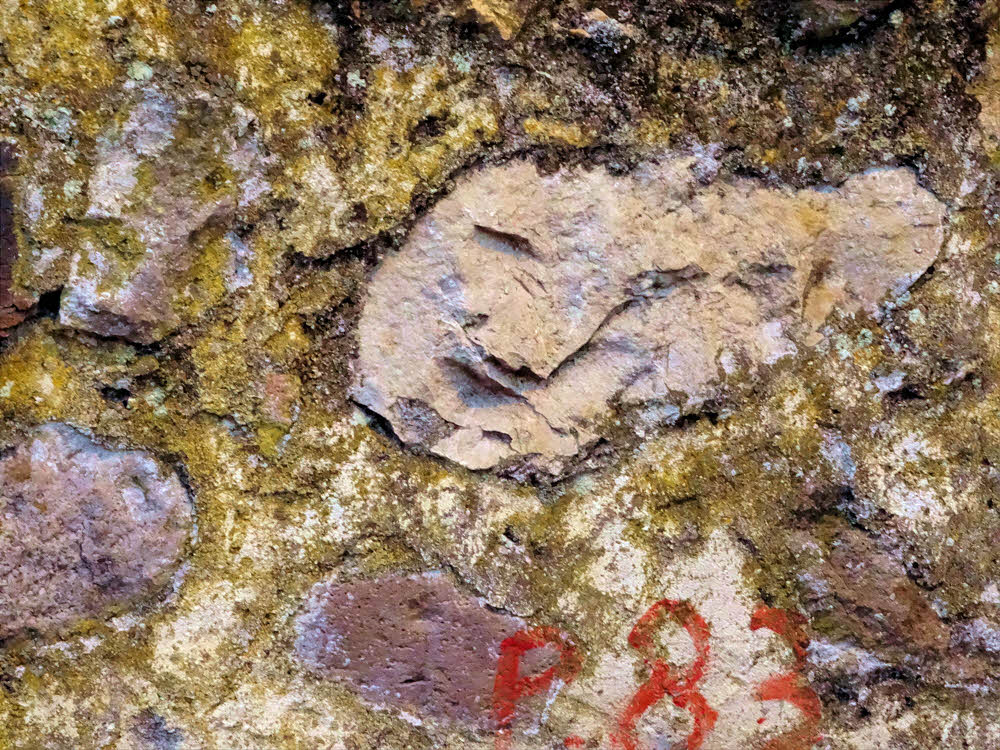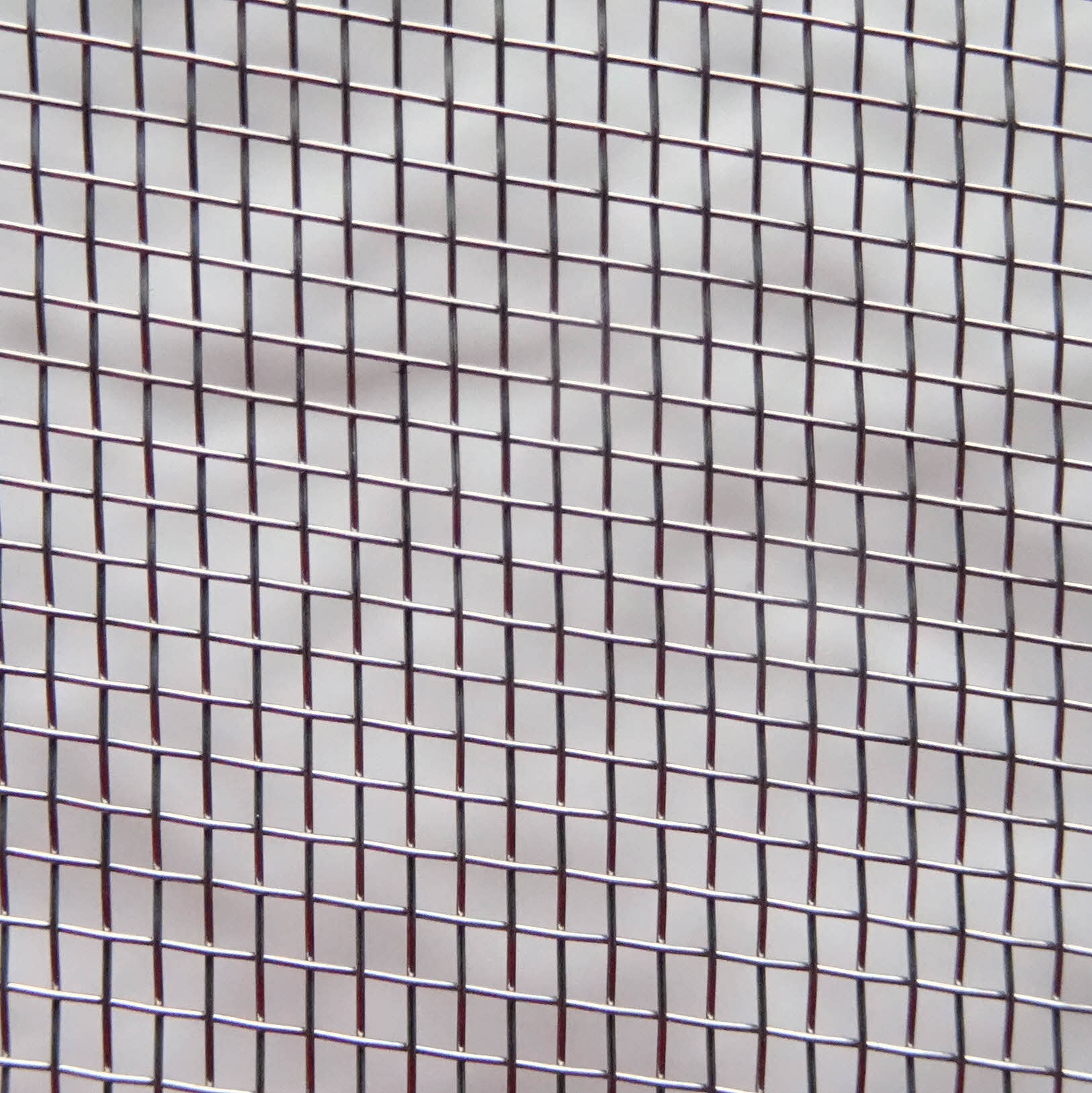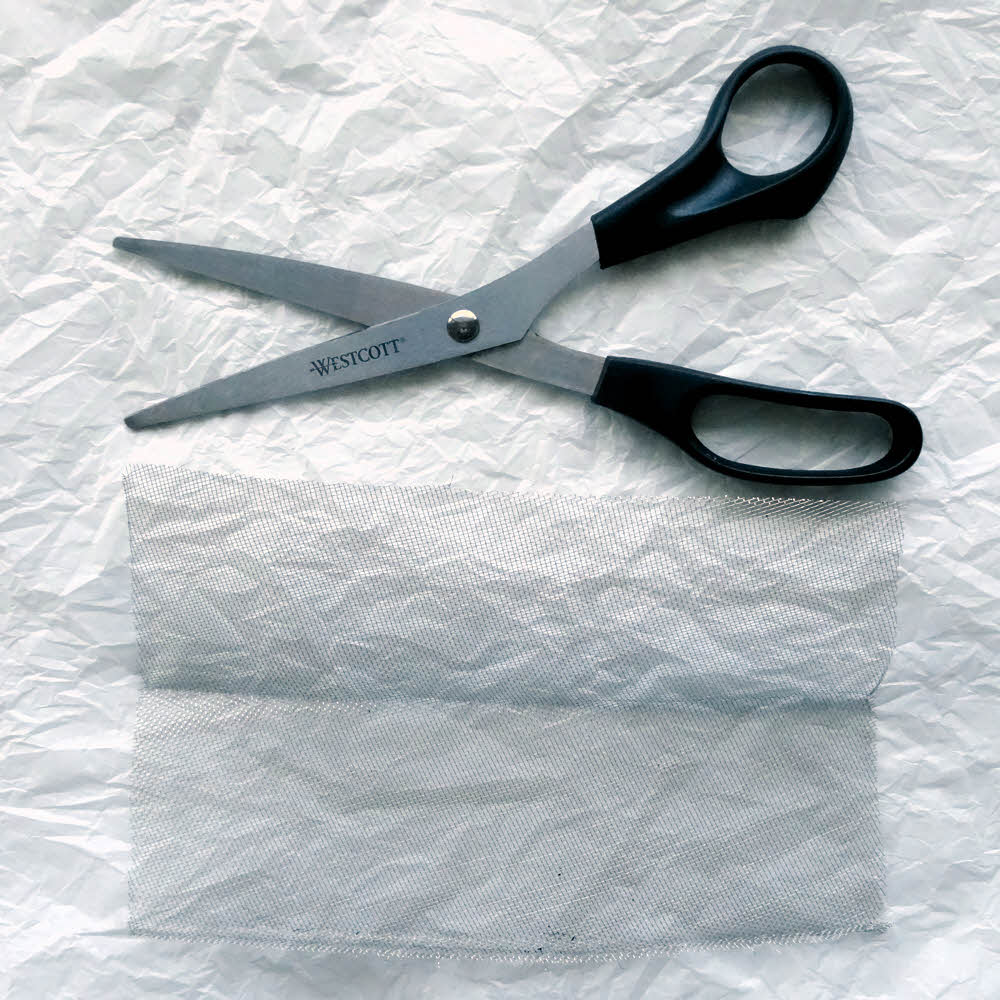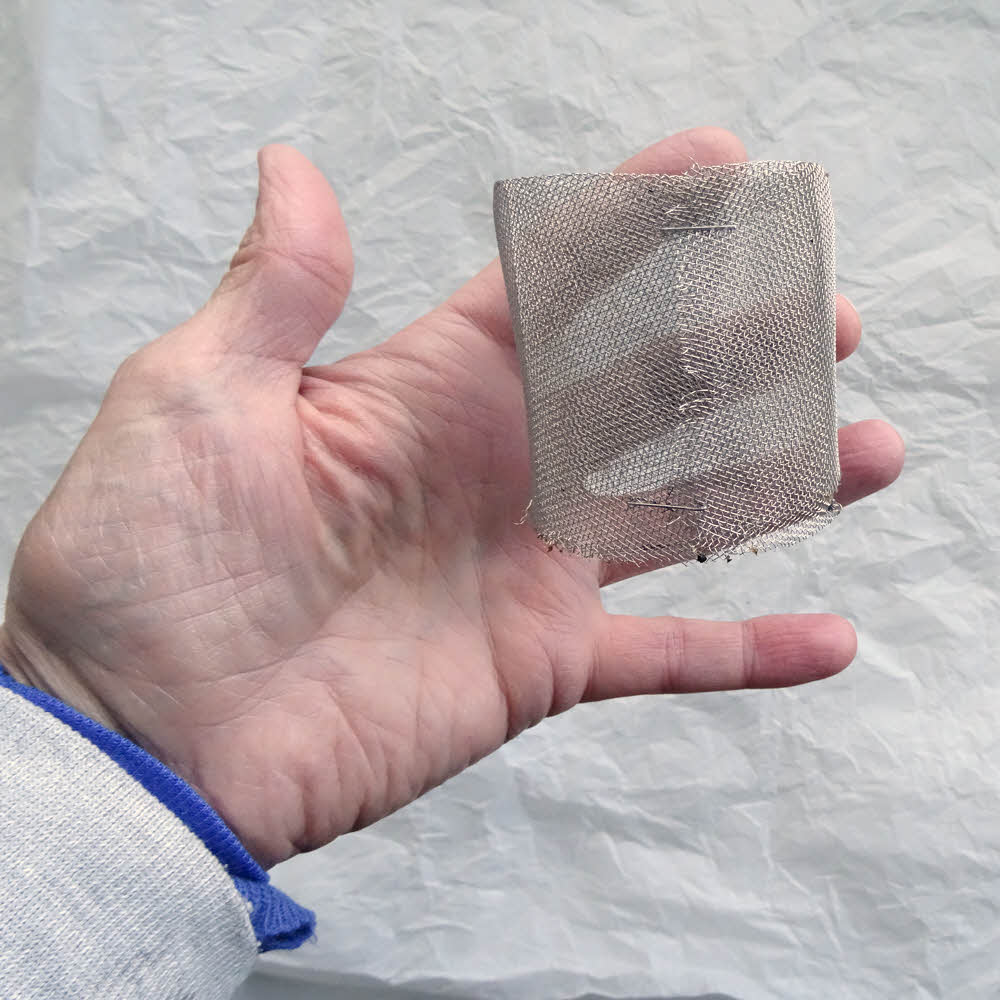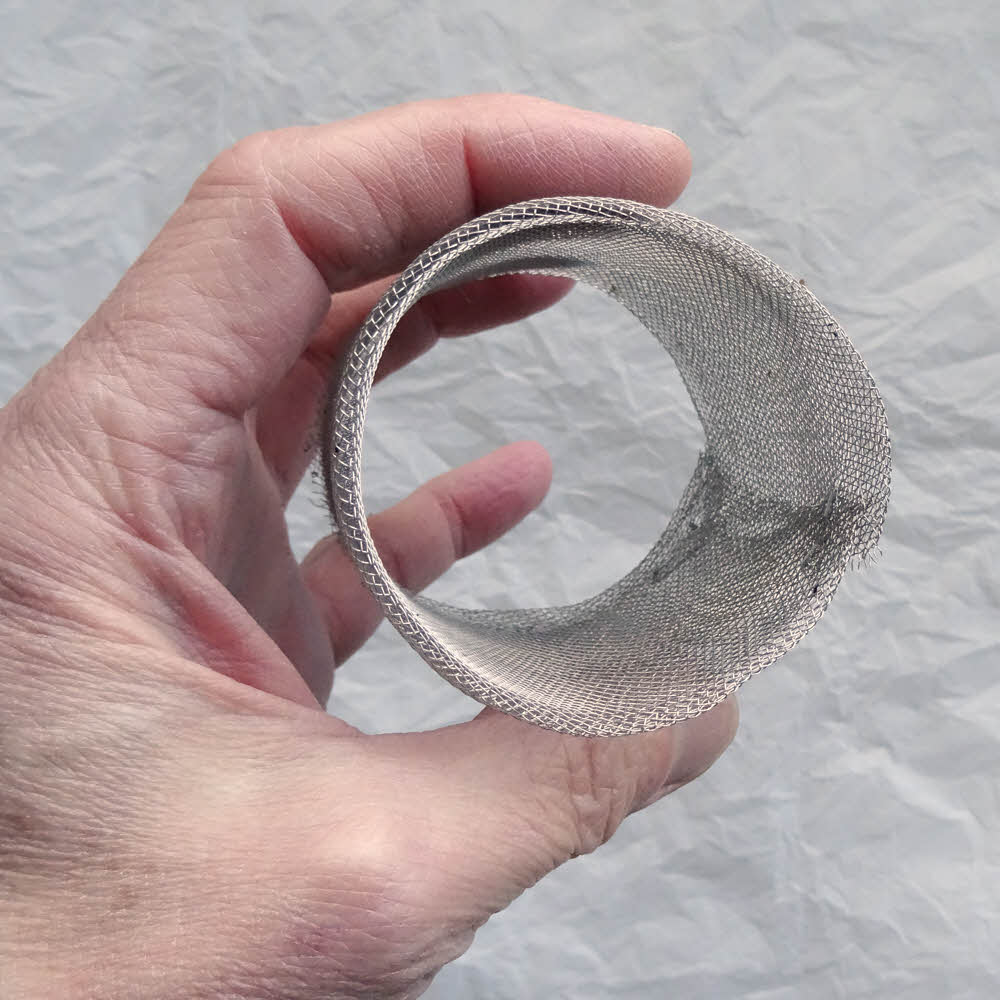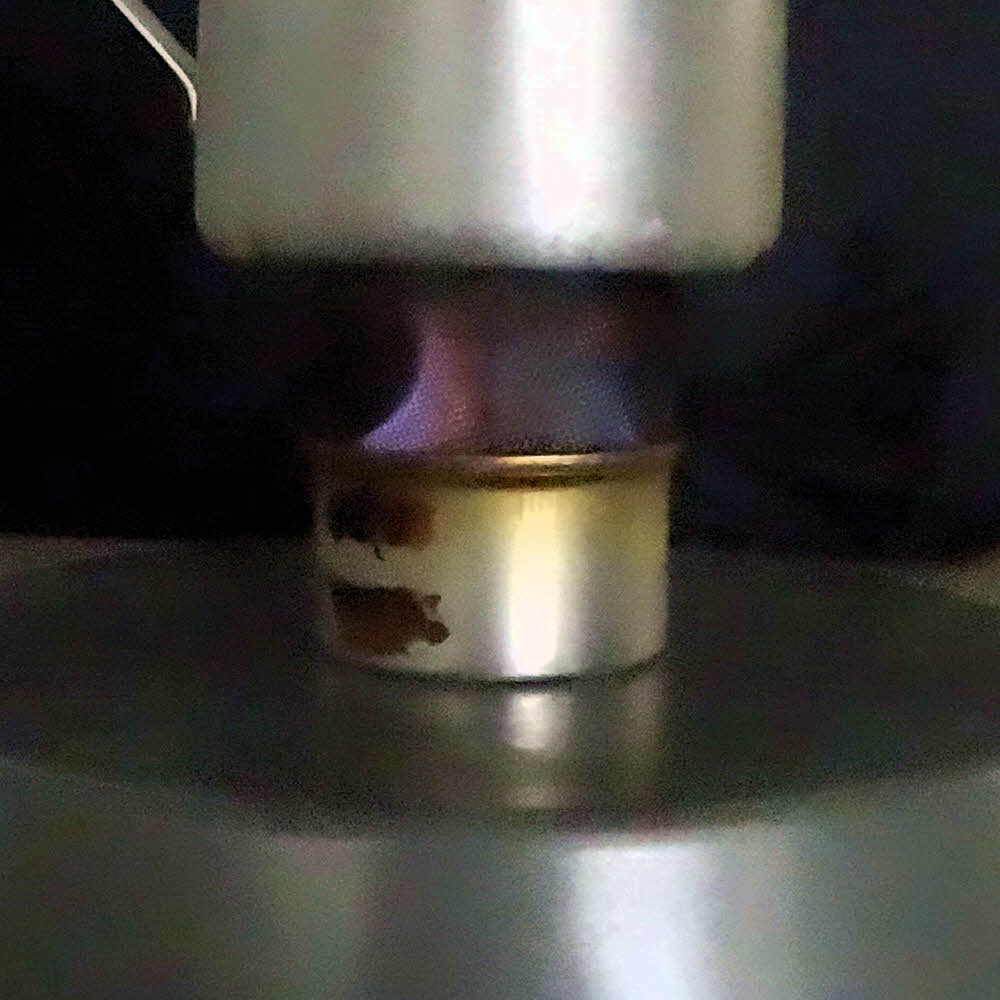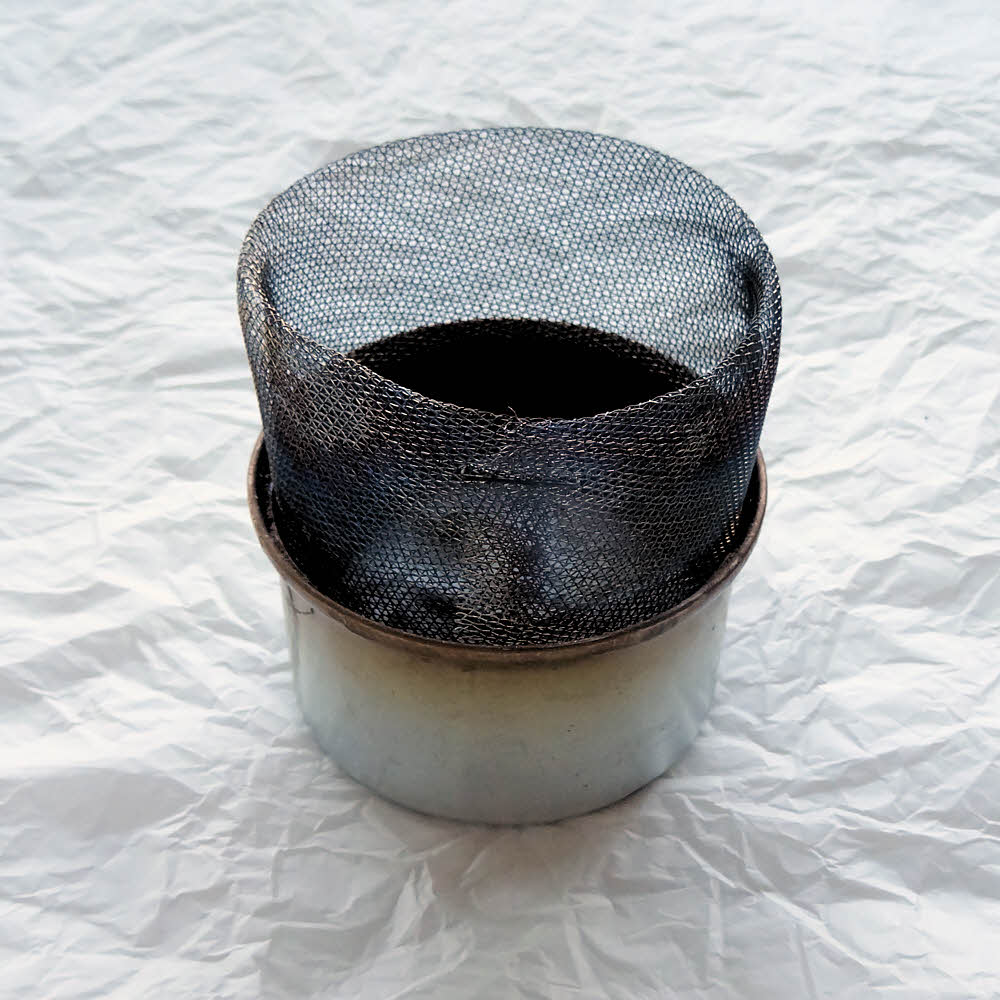A.K.A. "Little Dandy stove", this is a collapsible solid-fuel-burning stove made from flat plates of steel or titanium that link together with tabs and slots in the metal.
Disassembled it is an easily packable set of flat plates but sets up again in seconds.
It was invented by Meredith "Eb" Eberhart (trail name "Nimblewill Nomad"). Its five flat, thin steel plates assemble without fasteners, and quickly unhook again and fold flat for storage.
It was used by Eberhart in 1998 during his 4400 mile, 10 month walk from Key West, Florida to Cape Gaspe, Quebec along the International Appalachian Trail. The stove allowed him to burn anything at hand, and thus to carry no fuel. Smart guy, that one.
As for what to burn in it, see "The Firewood Poem" by Lady Celia Congreve from 1930.
O hey — I guess I have it right here...
These hardwoods burn well and slowly,
Ash, beech, hawthorn oak and holly.
Softwoods flare up quick and fine,
Birch, fir, hazel, larch and pine.
Elm and willow you'll regret,
Chestnut green and sycamore wet
Beechwood fires are bright and clear
If the logs are kept a year.
Chestnut's only good, they say,
If for long 'tis laid away.
But Ash new or Ash old
Is fit for a queen with crown of gold.
Birch and fir logs bum too fast
Blaze up bright and do not last.
It is by the Irish said
Hawthorn bakes the sweetest bread.
Elm wood bums like churchyard mould,
E ' en the very flames are cold.
But Ash green or Ash brown
Is fit for a queen with golden crown.
Poplar gives a bitter smoke,
Fills your eyes and makes you choke.
Apple wood will scent your room
With an incense like perfume.
Oaken logs. if dry and old.
Keep away the winter's cold.
But Ash wet or Ash dry
A king shall warm his slippers by.
Oak logs will warm you well
That are old and dry
Logs of pine will sweetly smell
But the sparks will fly
Birch logs will burn too fast
Chestnut scarce at all sir
Hawthorn logs are good to last
That are cut well in the fall sir
Holly logs will burn like wax
You could burn them green
Elm logs burn like smouldering flax
With no flame to be seen
Beech logs for winter time
Yew logs as well sir
Green elder logs it is a crime
For any man to sell sir.
Pear logs and apple logs
They will scent your room
And cherry logs across the dogs
They smell like flowers of broom
But Ash logs smooth and grey
Buy them green or old, sir
And buy up all that come your way
They're worth their weight in gold sir.
Logs to Burn, Logs to burn, Logs to burn,
Logs to save the coal a turn,
Here's a word to make you wise,
When you hear the woodman's cries.
Never heed his usual tale,
That he has good logs for sale,
But read these lines and really learn,
The proper kind of logs to burn.
Yawn. (Who is this person?) Are we having fun yet?
More info:
at "Wings, the home-made stove archives"
at "Zen Stoves"
Have anything worth adding? Then try sosayseff@gmail.com
Me? Not that smart, usually.
Etc...
so says eff: sporadic spurts of grade eff distraction
definitions: outdoor terms
fiyh: dave's little guide to ultralight backpacking stoves
boyb: dave's little guide to backpacks
snorpy bits: nibbling away at your sanity
last seen receding: missives from a certain mobile homer
noseyjoe: purposefully poking my proboscis into technicals


